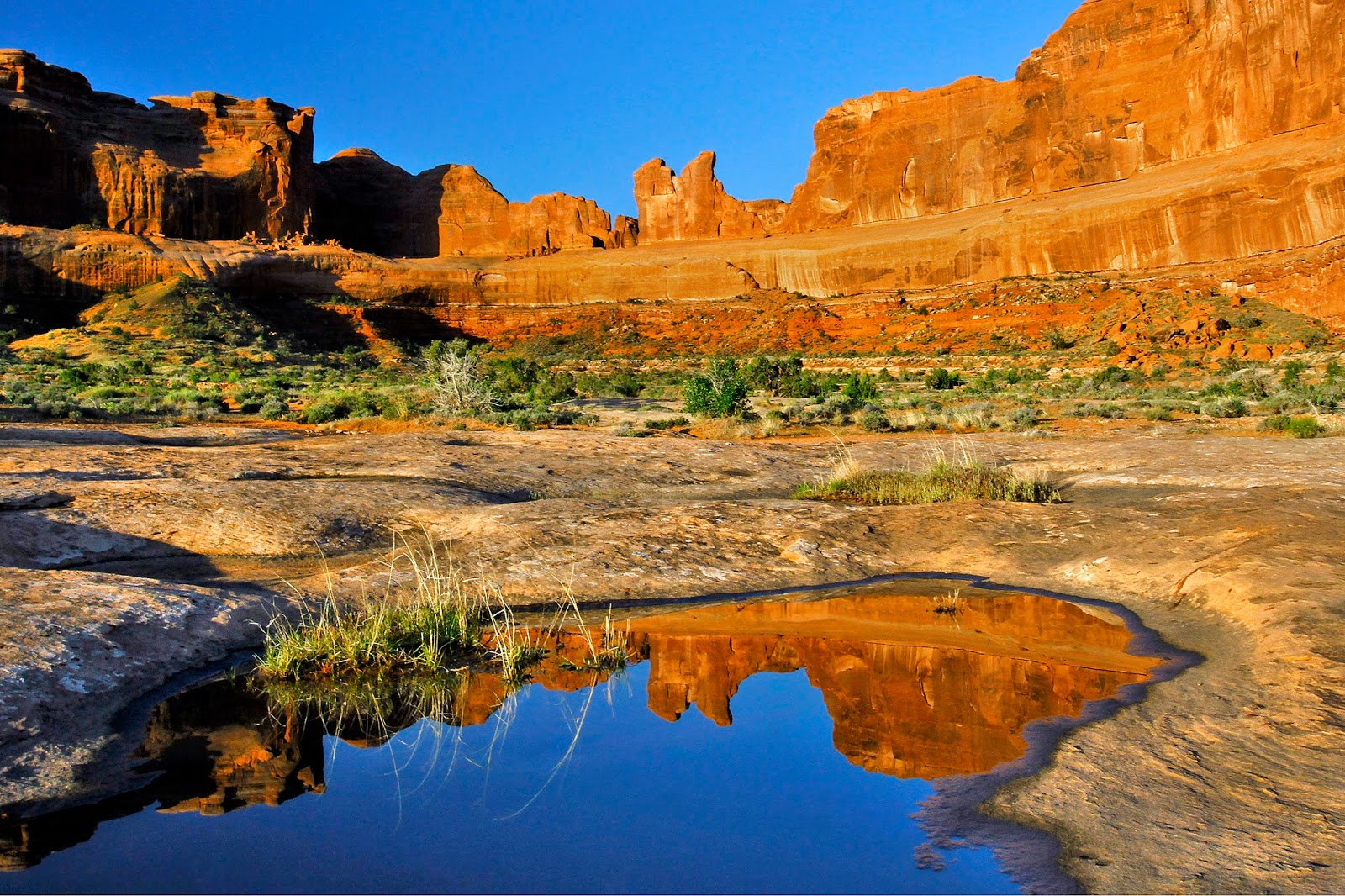
About a hundred years ago, or more specifically the time I was in junior high school, we started to learn about the big words and their definitions in the dictionary. One of the terms that fascinated me was anthropomorphism and through the ages and changing prospective its come to mean something different to yours truly than my educators original explanation. The scholars definition of that huge word goes something to the effect that we as humans " assign emotion or thought patterns to animals or objects which are incapable of such dimensions". When it comes to inanimate things I'll be the first to agree with those learned souls. I don't believe for a second that my Subaru would plot revenge when I forget to change its oil and spite me by breaking down on some desolate country road. Well, it might slip through the synapses of my brain, but just for an instant.
When it comes to animals with intelligence , I've come to my own and somewhat different conclusions. If you tell someone that your dog gets worried and upset when you leave the house, an educator might tell you that you're assuming that the dog has the same feelings as a person and that's not possible. Why? Because it's not in the animals' realm of thought. The mass of cells in their heads and ours just to think alike. Personally I've never been in the brain of a dog, cat, elk, coyote or elephant. I sure as heck haven't experienced their thoughts first hand, but some of my observations as I take pictures has me thinking outside that conventional box of wisdom.
Is experiencing joy, love fear, hatred and a myriad of other feelings uniquely human or are they shared by other creatures on the planet? We've all read stories about the extraordinary feats of dogs protecting and saving the lives of their owners. Watch gorillas in the zoo and think about who's checking who out. Look into their eyes and you'll know that's exactly what they're up to. It's pretty incredible to see them nurture their babies and it certainly looks like love to me when they cuddle them in their arms. Research on elephants has yielded many intriguing similarities to us including the close bonds they form with family members, communication, emotions and care of their young. Scientists know they are capable of joy, love , jealousy, sadness, grief and compassion. Herd members take care in the burial of their dead and have been observed year later revisiting the site where one them died. They have remained there for days mourning the loss.
I've been lucky enough to have spent several days in the field with the same animal and know beyond doubt that they have emotions. It's trying to capture them in a printed image that's hard but with patience , perseverance and a little luck it does happen. Experience is a wonderful teacher but I've learned that I'll just have to agree to disagree with those teachers that defined anthropomorphism to me so long ago. Click





